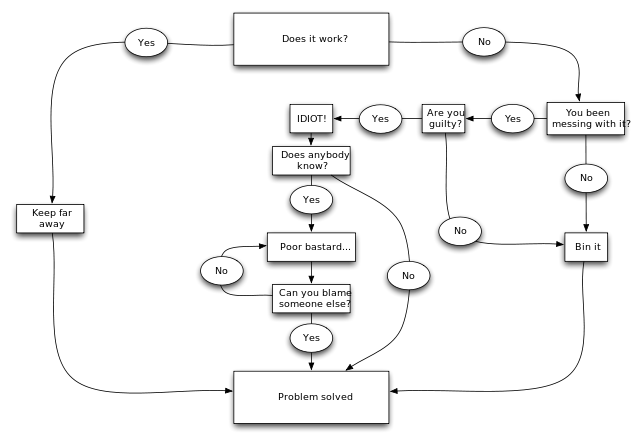How and When to Use and Apply Issue Tree, Decision Tree and Hypothesis Tree
At first glance, Issue, Decision and Hypothesis tree may look similar and to some extent they may be, but their outcome is intended to be different. All 3, utilize MECE methodology. “MECE,” annunciated “me see,” is an acronym for “mutually exclusive and collectively exhaustive,”. It's popularized by the consulting firm McKinsey and other management consulting firms.
The idea behind MECE is take a complex problem and break it down into logical buckets. Each bucket is unique, hence mutually exclusive, but collectively address the problem at hand. A simple example of categorization could be kids in High school, as a category, middle school as another category and elementary school as the 3rd category. The overarching problem could be related to mental well being across children. The issue, decision and hypothesis trees use the MECE principles at their core, though, each services a slightly unique purpose.
How to implement MECE & Different Tree Types:
There are 3-5 things that should be done, before kicking off MECE and applying a tree.
- Get clarity about the problem statement and validate it with the stakeholders (even the customer), if possible
- Write out the statement, ensuring its succint and there is no ambiguity. Always good to run this with stakeholders, if possible
- Pick the right approach between different types of options
- During the process, ensure MECE principles are applied
- Create a story when presenting to the stakeholders
3 Types of Tress and how/when to potentially use them:
Issue Tree:
An issue tree is used for solving large and complex problems as it allows for splitting the problem into smaller, solvable problems. The visual of an issue tree, looks like a tree - an umbrella statement at the top and branches at the bottom. In some cases, issue trees can be drawn left to right, but the outcome remains the same. A common use of the issue tree is to address profitability. Say, a customer engages a consulting firm and suggests; "My restaurant is not profitable". Here's how an issue tree could be constructed for this:
- Top Layer: Problem Statement - My restaurant is not profitable.
- Layer - 1 (MECE) approaches to address this problem statement would: Increase Profit & Reduce Costs
- Layer - 2 (MECE) how to increase profit (Raise Prices, More Orders) and how to reduce cost (Reduce salary, Reduce material cost)
- Layer - 3 (MECE) would then take each bucket and define how to do it: For example, to get more orders: Online Orders, Drive through, Take out.
Decision Tree:
As the name implies, it's primarily used to reach a decision. A decision tree can help users identify comparative advantages and disadvantages of each decision and outcome. A decision tree is possibly one of the most common levers used on a daily basis, without realizing it's being used.
The visual of a decision tree, is usually from left to right. It starts with a decision, depicted as a square box and then branches out, representing options. The outcome is depicted as a circle if the option is unclear. Once a decision is reached either a triangle or the branch is left blank. For example, "Invest 10,000' - though it's not know how to invest and what return is expected.
Hypothesis Tree:
A hypothesis tree is very similar to an issue tree in terms of "thought process", with key difference being that a hypothesis tree is driven by a hypothesis vs a definitive problem statement. The tree then branches out, as sub-hypothesis that provide clarity on how to materialize the hypothesis.




0 Comments